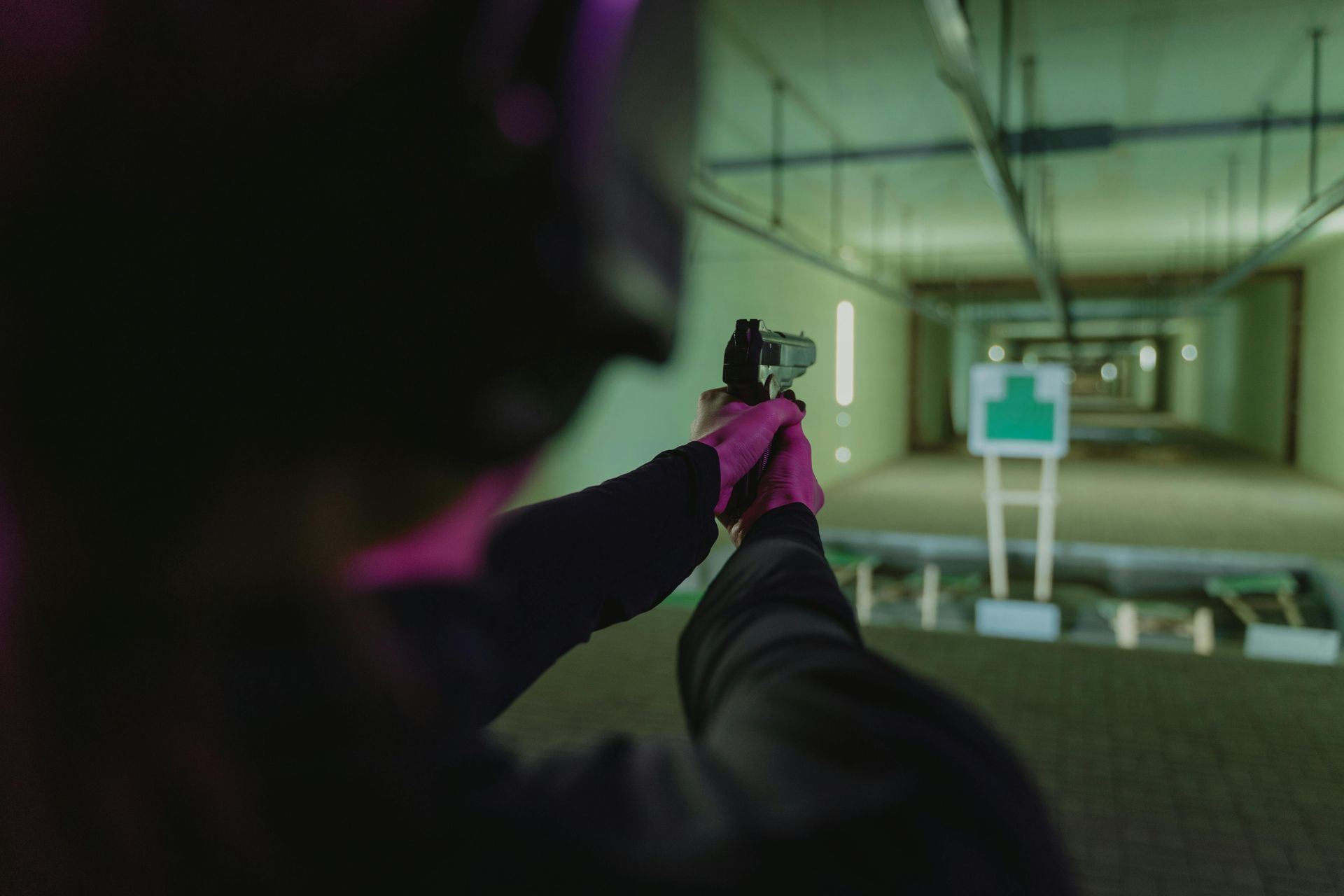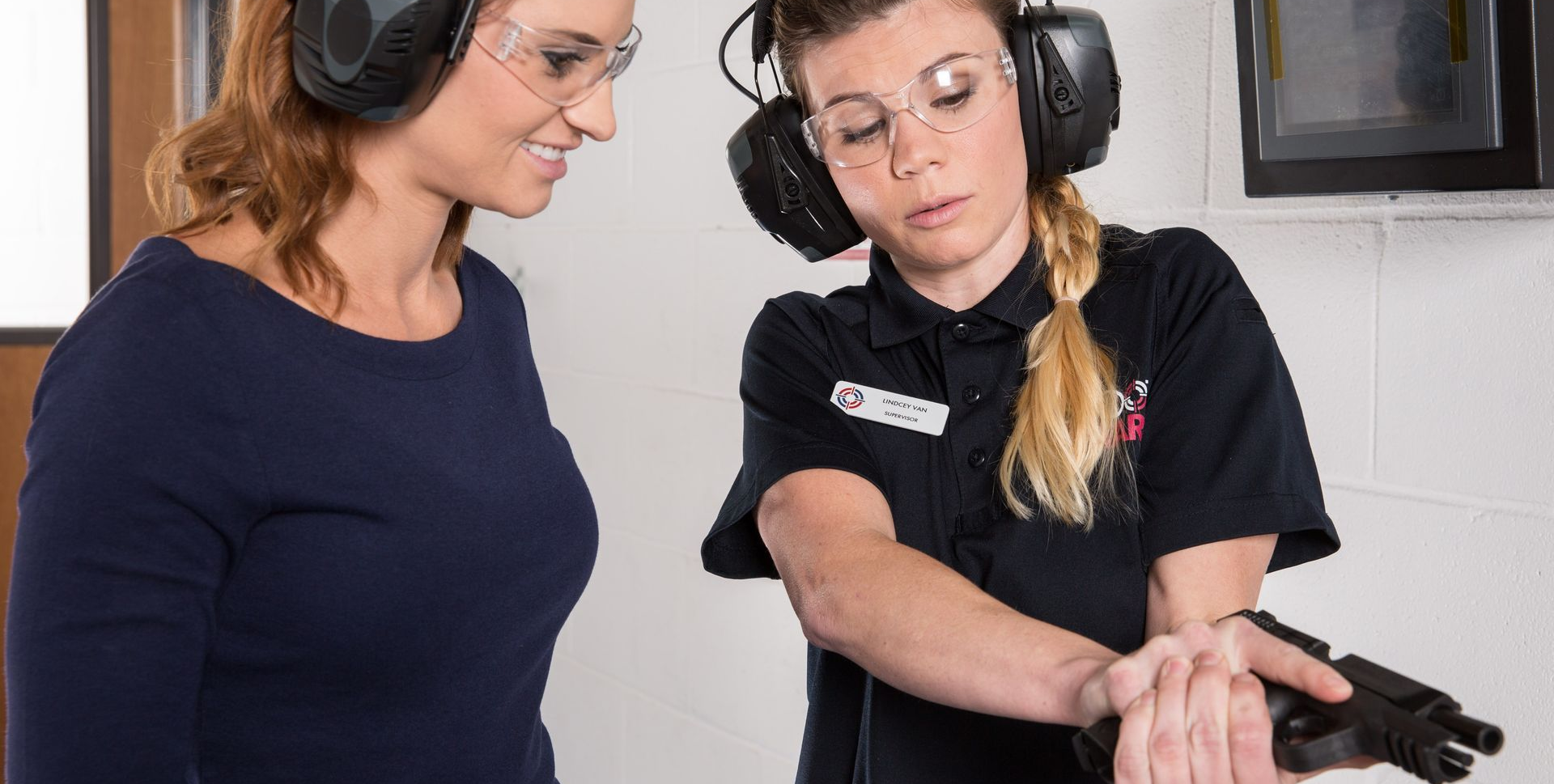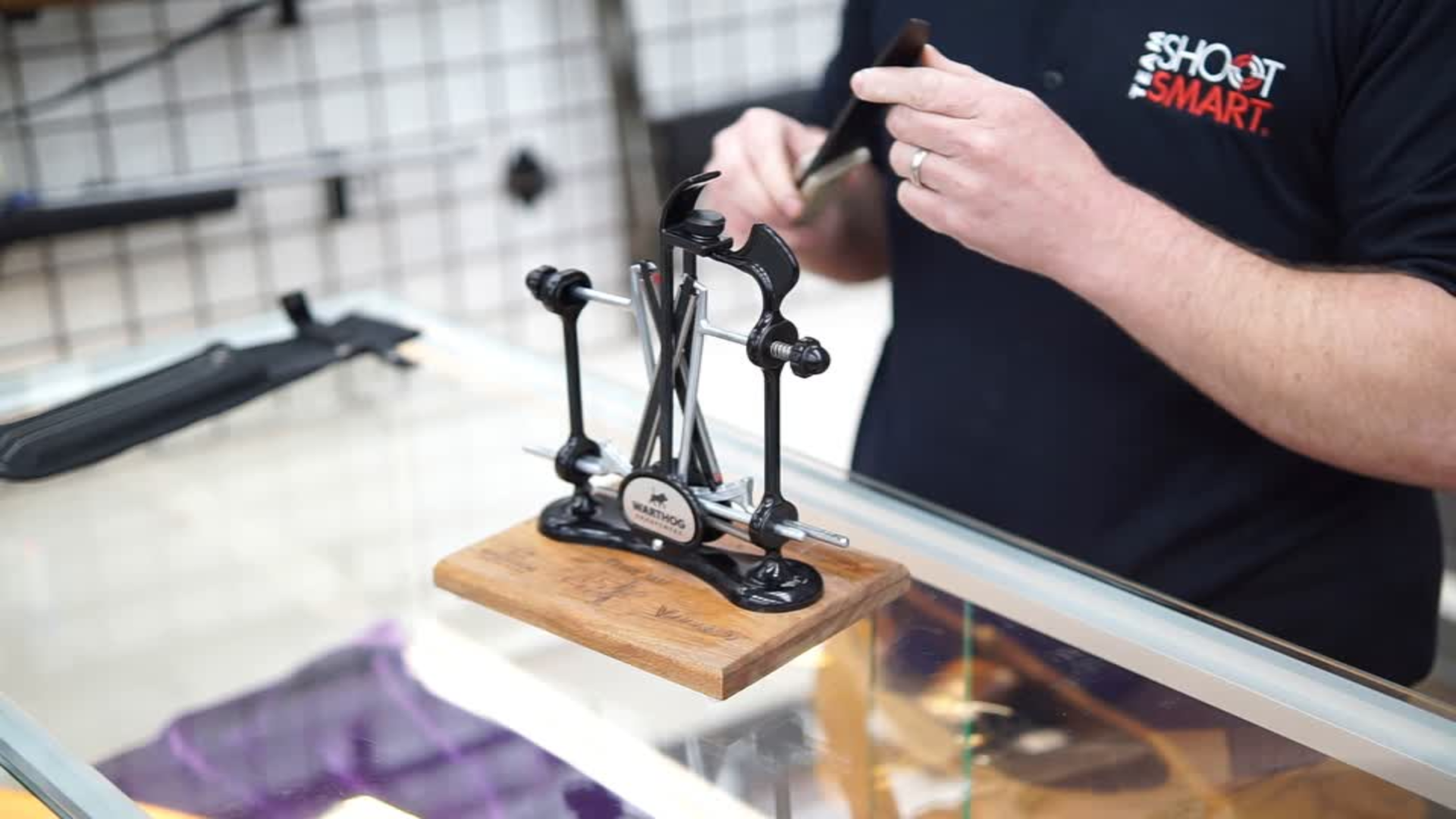Open Carry Tips
Open carry is now an option for both License Holders and non-license holders who meet the legal requirements. But there is more to openly carrying a firearm than many people initially think. Below are our top three tips to open carrying a handgun in Texas successfully.
Holster Use
First, let’s discuss the legal requirements for open carrying and some common sense tips. In Texas, to open carry a handgun, it must be carried in a holster on your person. The law no longer requires that it be carried explicitly in a belt or shoulder holster; it just needs to be in a holster and on your person. Unfortunately, this is as in-depth as the legal requirements and description go; this is where common sense steps in. At a minimum, all holsters should
Prevent the firearm from falling out during movement like walking, running, or bending over.
Be readily available for you to access if needed.
Not be easily removed or accessible by other people.
Making sure the firearm can’t be removed by another person is especially important when open carrying. Unlike a concealed firearm, an openly carried firearm is visible to everyone around you and may be tempting for someone to try to steal. To help ensure your firearm is not accessible to others, we recommend considering a retention holster. A retention holster is a holster that has qualities or mechanisms that are intended to prevent the gun from being drawn or obtained by anyone other than the intended user or prevent the gun from coming loose from the holster, making it an ideal option for open carry. Most modern holster companies offer options for retention holsters. Be sure to open our Friday email for some of our top retention holster suggestions.
Practicing good situational awareness
Possibly more important than a good retention holster is consistently practicing good situational awareness. To put it plainly, situational awareness means paying attention to your surroundings, people around you and remaining safety conscious. It’s recognizing potentially dangerous situations before they escalate and practicing simple steps like
- Considering parking spots before putting the car in park. How well lit is the spot? How visible is it to bystanders/the entrance of the business? Are there any blind spots nearby where someone could be hiding?
- Take the long but well-lit path to your destination instead of the poorly lit shortcut through an alley full of dumpsters and boxes.
- Keeping your head up (read, out of your phone) when walking into/out of a building and looking for potential issues.
- Paying attention to other people. What does their body language and or tone of voice convey to you? Are they wearing inappropriate clothing for the situation or time of year? Does their clothing appear to be abnormally bulky or oddly shaped?
Practicing consistent situational awareness won’t get you out of 100% of dangerous situations, but it will help you avoid most or give you extra time to come up with a plan if things go wrong.
Conflict avoidance
Unfortunately, there are people out there who view a firearm as the be all end all option to conflict. Their firearm is their first and only line of defense when they get into a bad situation. Firearms should always be your last line of defense when all other options have failed. Practicing good consistent situational awareness should be your first line of defense, followed by basic conflict-avoidance and ending with force or deadly force if necessary. One of the best conflict avoidance tips I can give you is to walk away if possible. I would rather walk or drive away from a clearly escalating situation than be put in a position where I might have to use my firearm. Remember, you might not walk away from the situation unscathed. Or worse, someone with you is injured in the chaos. My safety and the safety of those with me are more important than my pride or ego.
By Cassie Shockey, Customer Programs Manager & LTC Instructor
Recent Posts






